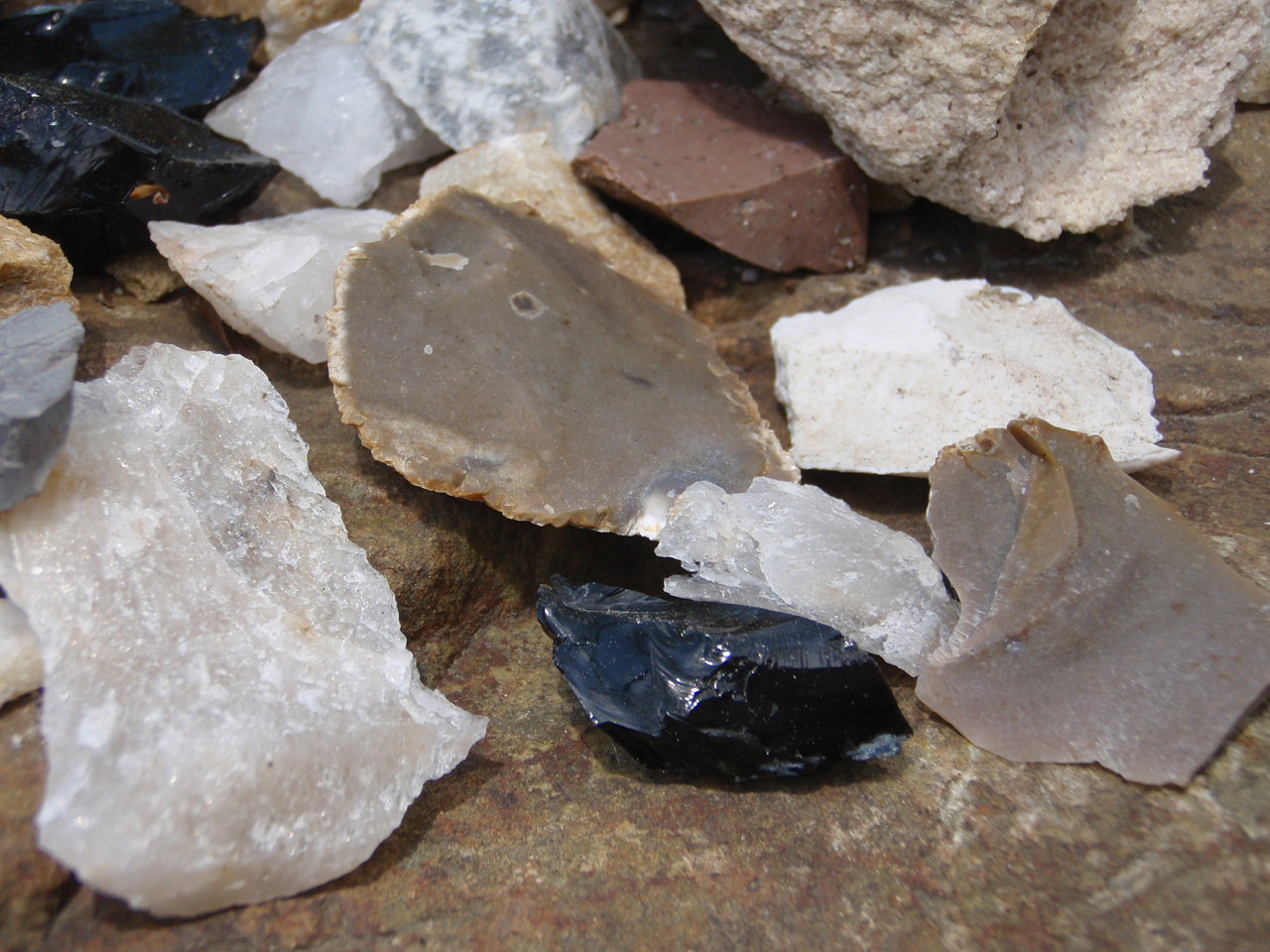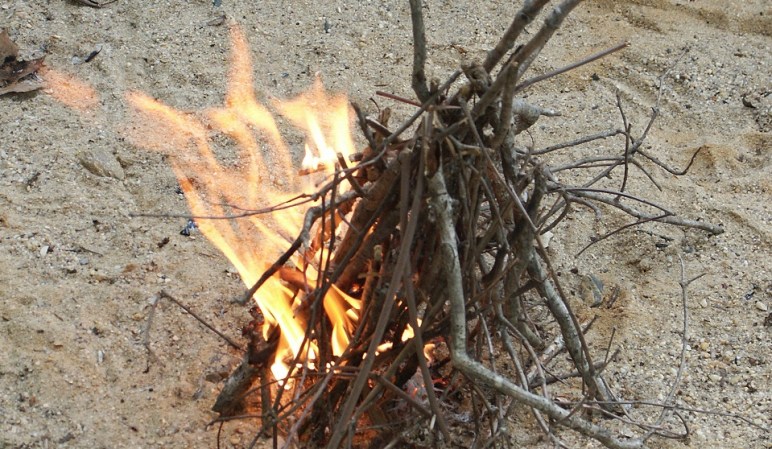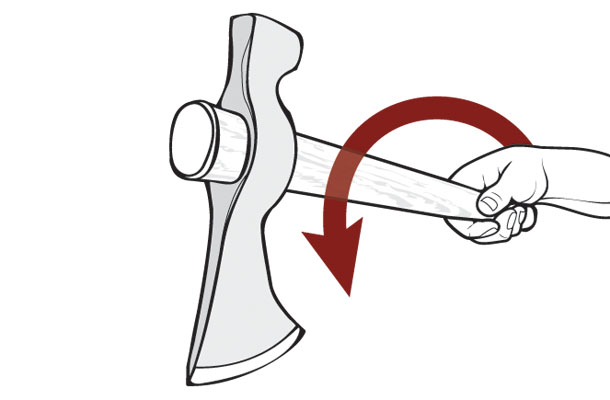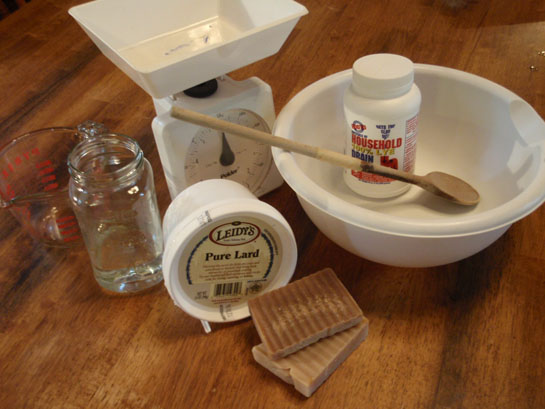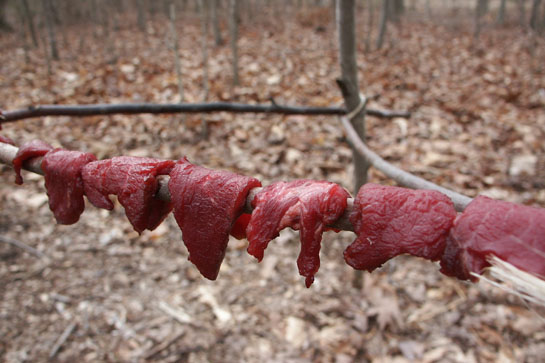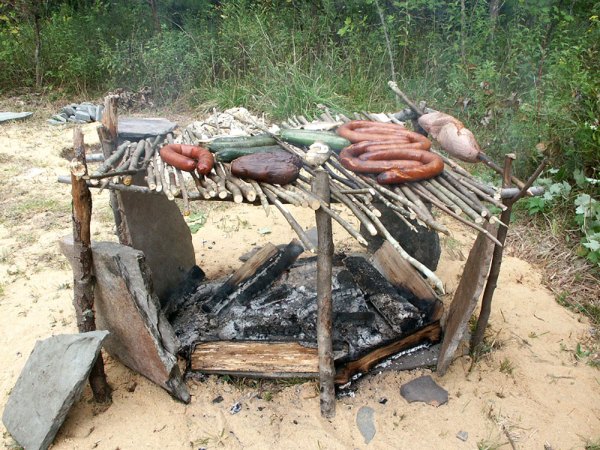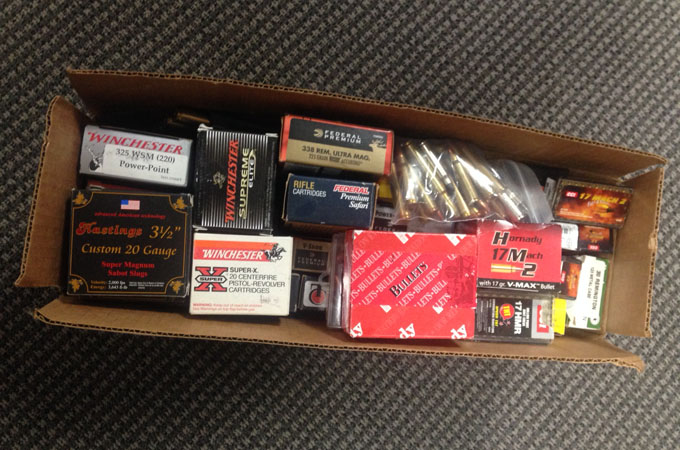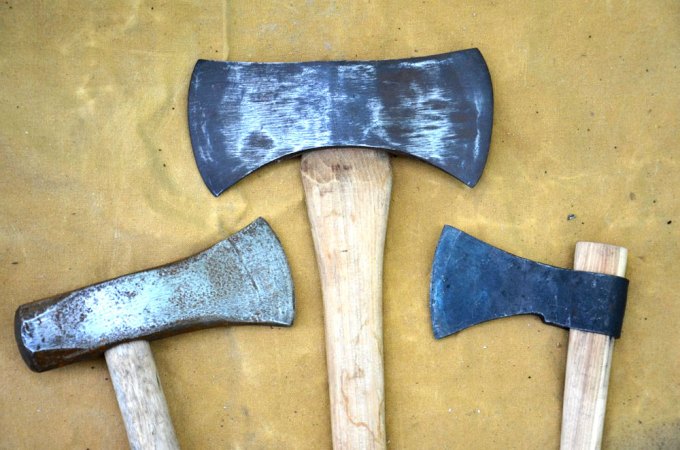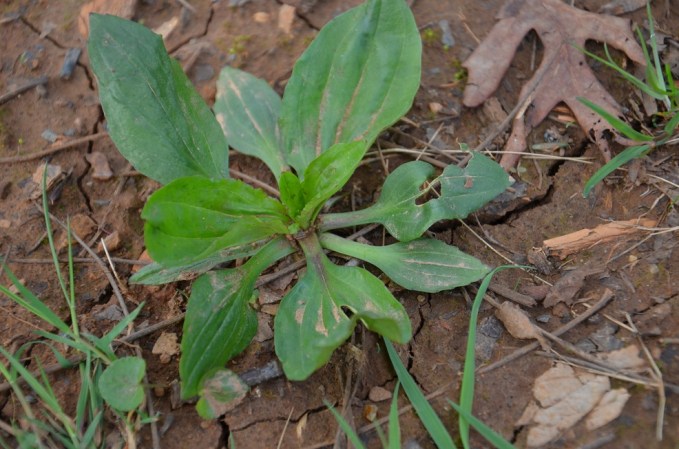We all love our survival knives. And besides a mobile phone to call for help, knives are one of the most versatile emergency tools we can carry. But what happens if you get caught without your knife? Or you need to do some butchering work, and want to keep your only knife clean? The idea of making some stone blades may seem primitive and even backward. But sharp stone blades can fill in for your favorite knife, and the best part is that they are easier to make than you might think – and they’re disposable.
Razor edged rocks are as close as the local creek, if you happen to have the right rocks and know how to break them open. Not all rocks break with a good cutting edge, but a quick test will tell you everything you need to know. Most parts of the globe have abundant rocks that will work. You don’t even need to be a geologist to sort it all out. Flint, chert, jasper, chalcedony, quartz and obsidian can all break to make sharp cutting tools. Just try the different types of local rock to see what works for you. The easiest way to get sharp flakes of rock is a method that is commonly called bipolar percussion. In this method, you are using a hard hammer rock to break a small stone sitting on a much larger stone.
The large rock acts like an anvil, to provide unyielding resistance behind the rock you want to break. You’ll also stand up the rock you want broken on its tallest axis. Make it stand tall, as if you were trying to make an egg stand on its tallest end. Making the rock stand tall is an important part of the process, allowing the shock waves from the hammer stone strike to move through the rock on the most efficient path. Use a large, flat hammer stone to crack down hard on the rock you are breaking. The hammer rock should be 4 to 5 times larger than the rock you are trying to break. If you are lucky, you’ll fracture off some nice, thin, wickedly sharp stone blades within a few strikes. With a little practice, you should be cracking rocks into sharp blades in no time, you’ll be able to predict the outcome of the shape, and also be able to reproduce similar results from different rocks.
Ever made your own stone tools? Please let us know in the comments if you have ever tried this out.
